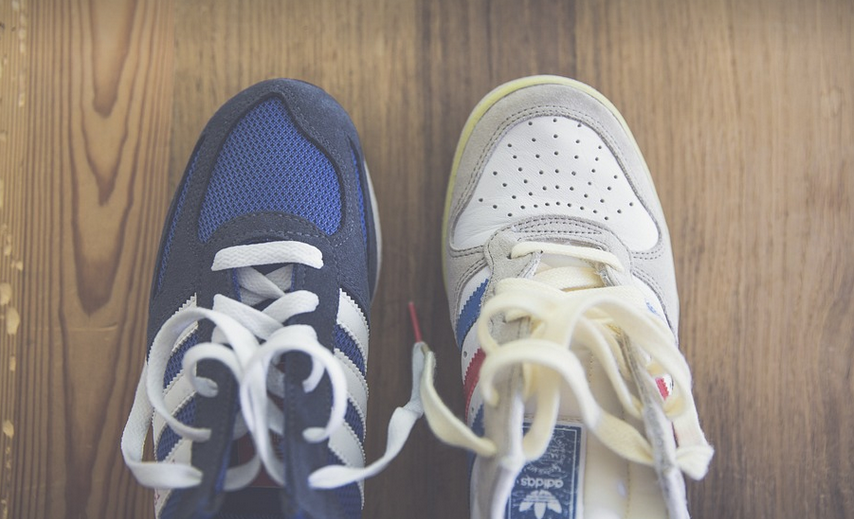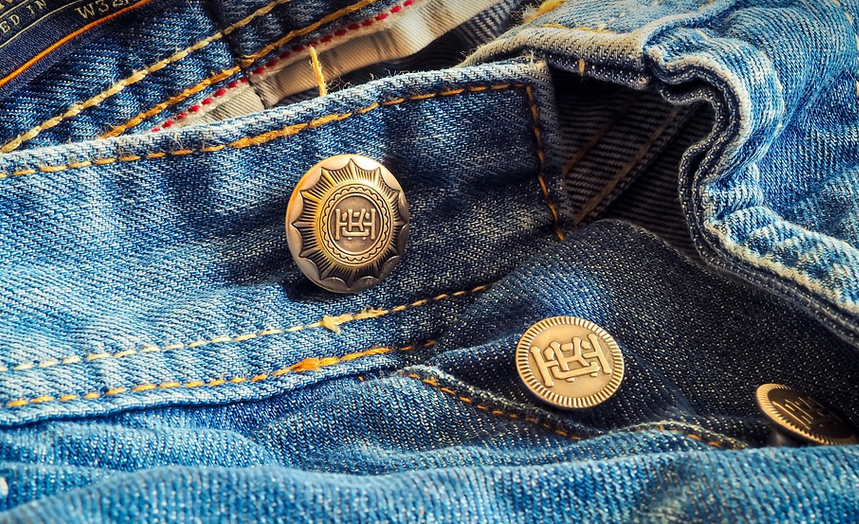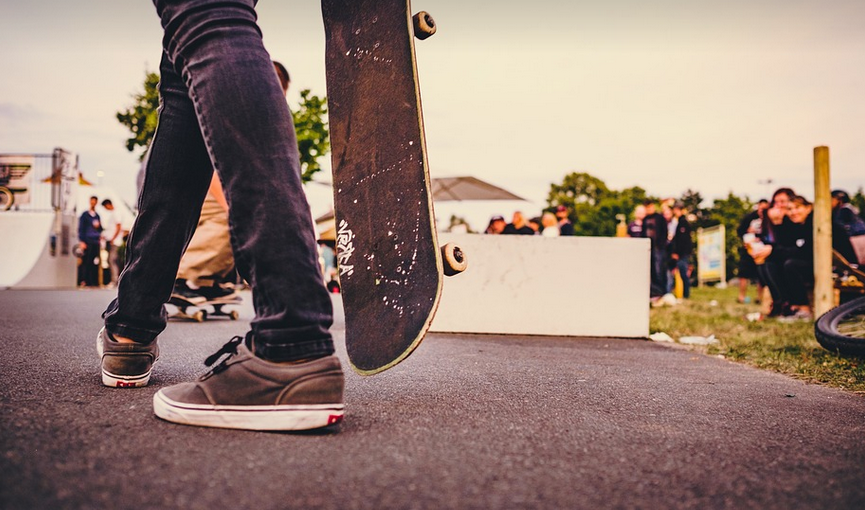Dealing With Clothes After Shoulder Surgery: A Guide To Comfort And Recovery

Understanding the Basics of Post-Surgey Clothing
Having shoulder surgery can be a major life change, and that includes navigating the world of clothing for a time. As you recover from your procedure, choosing the right clothes is essential for comfort, healing, and even psychological well-being. This guide will provide you with an insight into the key considerations to keep in mind as you adjust to this new reality.
First and foremost, it’s vital to understand that post-surgery clothing involves a few adjustments. You may experience restricted movement due to swelling, stiffness, or pain after your surgery. This can limit what you can do, so proper clothing choice plays a vital role in managing these limitations.
One of the first considerations is comfort. You’ll likely be wearing bandages and dressings for some time after surgery, creating additional layers for your clothes. This means opting for loose-fitting garments, as tight clothing can restrict airflow, increase tenderness, and exacerbate pain.
Another crucial factor is accessibility. Your surgeon will provide guidance on how to move and use your body post-surgery, so it’s important to consider the accessibility of your clothing choices. Choose clothes that are easy to put on and take off without undue pressure or strain. Avoid anything with buttons or zips, as these can be tricky for people who have limited movement.
Moving onto fabric choices, you’ll want to choose breathable materials like cotton, linen or silk. These fabrics allow air to circulate, preventing overheating and promoting faster healing. Avoid synthetic clothes that trap moisture and heat. For instance, a layer of smooth cotton can create an air barrier within the layers, allowing for easier movement and recovery.
Don’t forget about support! Your body will need extra support during its initial recovery stages. Lightweight compression garments are recommended as they provide gentle support and help reduce swelling. This can be worn beneath your clothes or under a jacket or sweater. This support is particularly helpful if you have experienced nerve damage.
While comfort and support are crucial for the immediate post-surgery period, remember that style shouldn’t be forgotten either! You’ll need to adjust your wardrobe as per your recovery progress. As you progress through the healing process, you can gradually introduce more stylish pieces into your attire.
The right clothes can help boost your confidence during a challenging time. Don’t shy away from using colors and patterns that make you feel good about yourself. This positive reinforcement can help with morale as you embark on your recovery journey.
Finally, it’s important to remember that there is no one-size-fits-all solution when it comes to post-surgery clothing choices. The best approach is a combination of comfort, practicality, and self-expression. Don’t hesitate to get advice from medical professionals or your surgeon about suitable options based on your individual needs.
Dressing for Different Stages of Recovery
As you progress through the various stages of your recovery, your clothing choices may need to evolve as well. Here’s a quick overview:
**Stage 1: Initial Post-Surgery:** This phase usually involves extensive bandage application and limited activity. The focus here is on comfort and ease of access. Choose loose-fitting garments that allow for easy dressing and undressing, with minimal restrictions. Opt for breathable materials like cotton or linen. Remember to use support garments if needed.
**Stage 2: Gradual Recovery:** As you gain mobility and strength, your clothing choices can begin transitioning towards a more functional approach. You’ll likely need clothes that allow for greater movement and increased ease of dressing.
**Stage 3: Full Recovery:** By this stage, your body has fully healed. Your clothing choices will reflect an active lifestyle, incorporating comfortable garments suitable for everyday activities and outdoor ventures.
Remember, the journey through recovery is a marathon, not a sprint. It’s a matter of adapting your approach to suit your progress. Adjust your clothes accordingly as you move towards full mobility and functionality.
As you delve into various stages, don’t forget about accessories! Scarves, hats, or even simple lightweight jewelry can add warmth and personality to your look, while also helping with everyday tasks like adjusting bandages or managing dressings.
You’ll need to be mindful of the weather conditions when deciding on clothing. Choose breathable fabrics for warmer days, and layers for colder months.
Remember, dressing for recovery is about more than just physical comfort. It’s about feeling confident and ready to embrace your new normal.
Maintaining Your Style Throughout Recovery
It’s easy to feel like you’re on a temporary fashion hold after shoulder surgery. However, it’s important to remember that dressing for yourself is an integral part of the journey. You can still explore different styles and find outfits that make you feel good. Here are some tips to stay stylish throughout your recovery:
**Embrace Comfort:** When choosing clothes, prioritize comfort over everything else. Remember, your focus should be on healing and recovery. Opt for loose-fitting clothing that doesn’t restrict movement.
**Experiment with Colors and Patterns:** Don’t hesitate to get creative! While simplicity is a good foundation, explore different color palettes and patterns to add pops of personality to your daily look. Think about colors that bring you joy or make you feel confident.
**Accessorize Smartly:** Scarves, hats, necklaces, or other simple accessories can be an excellent way to elevate your outfits without adding extra bulk or pressure. A scarf can keep you warm while highlighting a particular style you enjoy.
**Find Inspiration:** Look for inspiration from fashion blogs, magazines, or even social media. These platforms offer endless ideas and styles that you can adapt to your individual needs and preferences. You might find something that inspires you during this phase of recovery.
**Don’t be afraid to ask for help.** If you’re feeling overwhelmed by the process, don’t hesitate to seek assistance from loved ones or even a professional stylist who can help you create an outfit that balances comfort, style, and your healing journey.


